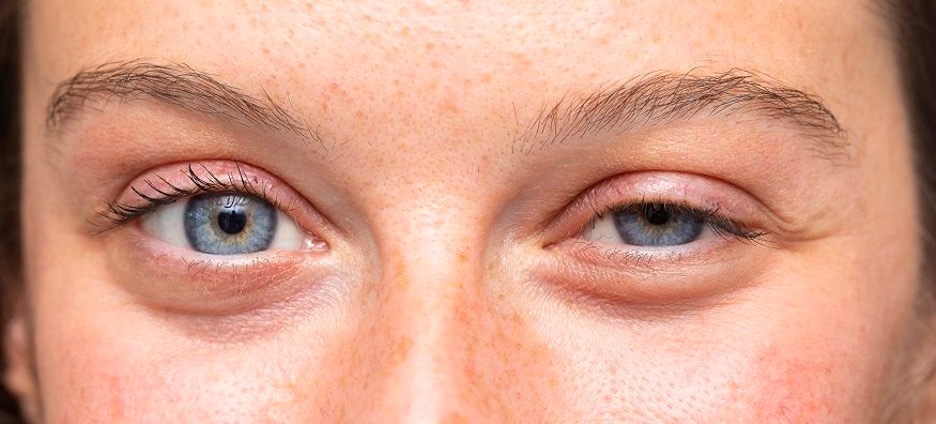What is ptosis and how do I treat it?
What is ptosis?
Ptosis or pathologic droopy eyelid, is a condition whereby the upper eyelid droops over the eye. Unilateral ptosis affects only one eye whereas bilateral ptosis affects both. Droopy upper eyelids can obstruct or impair vision based on the extent of the eyelid obstructing the pupil. This condition can happen at birth and is known as congenital ptosis, or happen later in life in the form of acquired ptosis.

Who gets it?
There are various possible causes of ptosis, such as natural causes or reasons arising from external trauma. Anyone can get it, regardless of ethnicity or sex. However, older adults have a higher risk due to the natural ageing process. The natural ageing process can lead to a stretching of the levator muscle in charge of lifting the eyelid, leading to the eyelid to droop. The most common cause of congenital ptosis that happens among children is the levator muscle failing to develop properly.

What are the risk factors?
Certain medical conditions, such as a stroke, brain tumour, muscle cancer can raise the odds of developing ptosis. A nerve injury or a stye may lead to it as well. Also, routine cataract surgery or LASIK surgery may over-stretch the tendon or muscle in your eye, leading to ptosis.

How is ptosis diagnosed?
When you see an eye health professional, they would most likely conduct tests during the eye check-up and ask you questions about your personal and immediate family’s medical history. He or she may perform a slit lamp exam to take a closer look at your eyes with high-intensity lighting. Your eye health professional may need to dilate your eyes for the slit lamp examination.
How is ptosis treated?
The treatment varies, based on the particular cause and how serious it is. If the ptosis arose due to age or from birth, nothing may need to be done as the condition would not likely impair your health. Other reasons for it may merit treatment, such as when you experienced trauma to the eyes.
Surgery is one such treatment option. Bear in mind that surgery carries risks such as dry eye and corneal scratches. A surgical procedure called a ptosis repair is a prevalent way to treat it. This process involves your eye surgeon numbing the area around your eyelid with a local anesthetic. Subsequently, your surgeon would make a small incision (cut) in the skin on the upper eyelid to tighten the levator muscle with stitches to raise the eyelid before closing the incision with more stitches.
A blepharoplasty, which is surgery that gets rid of excess eyelid skin can be done with a ptosis repair. Once the extra skin contributing to the droopiness is removed, vision can improve.
A ptosis crutch, or glasses that can hold the eyelid up, is another treatment option for it. This crutch or glasses can be used in lieu of surgery, or when it is temporary. Adjustable crutches are attached to one side of spectacle frames, while reinforced crutches are attached to both sides of the frames. Crutches can be installed on nearly all types of eyeglasses, but they work best on metal frames.
If you’re interested in treatment options for ptosis, consult an ophthalmologist via the Plano eye check platform app.
References
D. Troy Bedinghaus, “Are your droopy eyelids blocking your vision?,” Verywell Health, 22-Feb-2022. [Online]. Available: https://www.verywellhealth.com/what-is-ptosi-3422006#:~:text=The%20most%20common%20treatment%20for,stitches%20to%20raise%20the%20eyelid. [Accessed: 31-Mar-2022].
Tools Designed for Healthier Eyes
Explore our specifically designed products and services backed by eye health professionals to help keep your children safe online and their eyes healthy.

I have ptosis problem
Hi Allahdad. For accurate diagnosis and treatments for ptosis, we would advise you to consult an eye care professional. If you’re living in Singapore, you can book an appointment at https://planoeyecheck.com